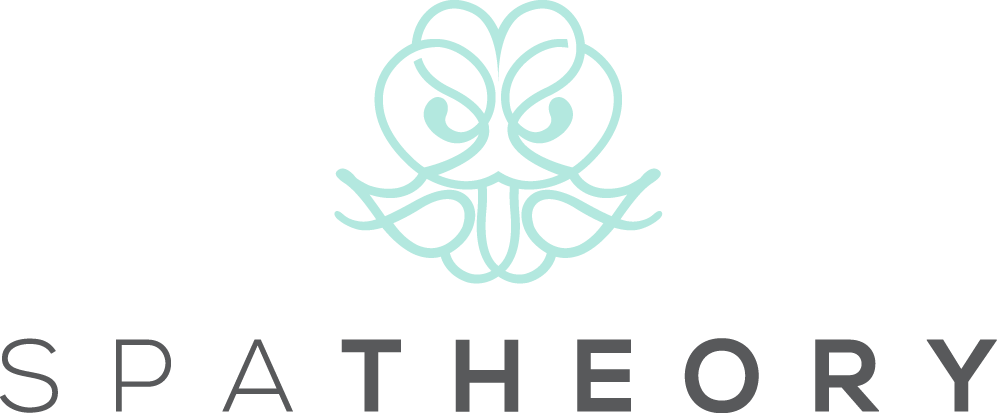Herniated Disc Massage: What You Need To Know
Living with a herniated disc can be a real pain in the... well, back. If you're dealing with this condition, you might be wondering if massage could offer some relief. Good news: it often can! But before you rush off to book a session, let's talk about what you need to know to make the most of herniated disc massage.
What is a Herniated Disc?
First things first: what exactly are we dealing with here? A herniated disc occurs when the soft center of a spinal disc pushes through a crack in the tougher exterior. Think of it like a jelly donut squeezing out its filling. This can irritate nearby nerves, leading to pain, numbness, or weakness in an arm or leg.
Symptoms of a Herniated Disc
You might be experiencing a herniated disc if you're feeling pain that radiates down your arm or leg, numbness or tingling in affected areas, or muscle weakness. Some people even feel pain in their buttocks, thigh, and calf, which is similar to sciatica pain (more information on how to massage sciatica pain here). Regardless of your symptoms, it's important to get a proper diagnosis from a healthcare professional before seeking massage treatment.
Benefits of Massage for Herniated Discs
Now, onto the good stuff. Massage can offer several benefits for those with herniated discs:
Pain Relief
Massage can help reduce pain by releasing tension in the muscles surrounding the affected area. This can take pressure off the nerves being irritated by the herniated disc.
Improved Circulation
Better blood flow means more oxygen and nutrients to the affected area, which can promote healing and reduce inflammation.
Increased Flexibility
Gentle stretching during massage can help improve your range of motion, making daily activities easier and less painful.
Stress Reduction
Let's face it: being in pain is stressful. Massage can help you relax, reducing overall tension in your body and potentially speeding up the healing process.
Types of Massage Techniques
Not all massages are created equal when it comes to herniated discs. Here are some techniques that can be particularly helpful:
Deep Tissue Massage
This technique targets the deeper layers of muscle and connective tissue. It can be especially effective for chronic muscle tension that may be contributing to your disc issues.
Myofascial Release
This approach focuses on releasing tension in the fascia, the connective tissue that surrounds muscles and organs. It can help improve mobility and reduce pain.
Trigger Point Therapy
By applying pressure to specific "trigger points," this technique can help relieve pain and tension in targeted areas.
What to Expect During a Herniated Disc Massage
Wondering what actually happens during a herniated disc massage? Let's break it down:
Initial Consultation and Assessment
Your therapist will start by asking about your symptoms, medical history, and any treatments you've tried. They'll also perform a physical assessment to understand your specific needs.
Massage Session Details
The actual massage will be tailored to your condition. Expect gentle techniques focused on the affected area and surrounding muscles. The therapist will communicate with you throughout to ensure your comfort.
Post-Massage Care
After your session, the therapist will likely give you some advice on how to care for yourself at home. This might include stretches, heat or cold therapy, or lifestyle adjustments.
Tips for Safe and Effective Massage Therapy
To get the most out of your herniated disc massage, keep these tips in mind:
Finding a Qualified Massage Therapist
Look for a therapist with experience in treating herniated discs. Don't be afraid to ask about their qualifications and approach to treatment.
Communicating Your Needs
Speak up during the massage if anything feels uncomfortable or painful. Your therapist wants to help, not hurt!
Combining Massage with Other Treatments
Massage can be a great complement to other treatments like physical therapy or chiropractic care. Talk to your healthcare providers about how to integrate massage into your overall treatment plan.
Potential Risks and Considerations
While massage can be incredibly beneficial, it's not without risks. Here's what to keep in mind:
When to Avoid Massage
If you have severe pain, numbness, or weakness, it's best to consult with a doctor before getting a massage. Also, avoid massage if you have any signs of infection or inflammation in the affected area.
Possible Side Effects
You might experience some soreness or stiffness after your massage. This is normal and should subside within a day or two. However, if you experience increased pain or new symptoms, contact your healthcare provider.
Final Thoughts
Herniated disc massage can be a fantastic tool in your pain management toolkit. By understanding what to expect and how to approach treatment safely, you can maximize the benefits and get back to living your best, pain-free life.
Ready to give it a try? Why not book a mobile massage in Atlanta, GA and experience the relief in the comfort of your own home? Remember, your journey to wellness is unique, and we're here to support you every step of the way. Here's to happier, healthier backs!


